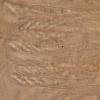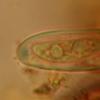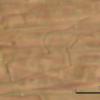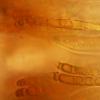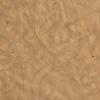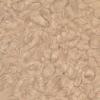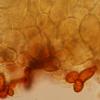
04-11-2025 09:07
Hello.A suspected Hymenoscyphus sprouting on a thi

04-11-2025 12:43
 Edvin Johannesen
Edvin Johannesen
Hi! One more found on old Populus tremula log in O

03-11-2025 21:34
 Edvin Johannesen
Edvin Johannesen
These tiny (0.4-0.5 mm diam.), whitish, short-stip

28-10-2025 15:37
Carl FarmerI'd be grateful for any suggestions for this strik

03-11-2025 16:30
 Hans-Otto Baral
Hans-Otto Baral
Hello I want to ask you if you have found this ye

28-10-2025 19:33
 Nicolas Suberbielle
Nicolas Suberbielle
Bonjour à tous,Je voudrais votre avis sur cette r
Phaeohelotium
Zuzana Sochorová (Egertová),
26-08-2024 16:30
 Hello,
Hello,yesterday I collected this Phaeohelotium on a decaying trunk of Fagus sylvatica (in the field I though it would be Bisporella/Calycina). The apothecia measured up to 7 mm, but mostly up to 4 mm, were vivid yellow, not reddening.
Ascospores (13.9)15.4-18.2(19.7) × (4.1)4.2 4.7(4.8) µm, Q = (3.1)3.5-4.2(4.6), n = 40,
Me = 16.9 × 4.4 µm, Qe = 3.8. Most of them were non-septate, some 1-septate, a few 2-septate and a single 3-septate ascospore was observed.
Asci bb (Hymenoscyphus-type), with croziers. 124-135 x 8-11 µm.
Ectal excipulum textura globulosa-angularis, medulla t. intricata.
Using Bernard´s key I came to Phaeohelotium monticola, but still feel a bit uncertain due to the possible confusion with P. epiphyllum. Based on the information in this forum and after comparing photos on reliable webpages, it seems P. epiphyllum should have less vivid colour, smaller guttules inside paraphyses and should become red when damaged. Nevertheless, I would like to consult this find.
Zuzana
Hans-Otto Baral,
26-08-2024 21:08

Re : Phaeohelotium
Hi Zuzana
first I see from your living asci that the spores are always non-septate before discharge.
The number of septate spores is a pure function of the degree of senescence. Finally they should get brownish, but I saw such spores only rarely in this species.
Xes, it is P. monticola, no doubt. Such elongated VBs are impossible in H. epiphyllus which has only small roundish VBs in high number. The same applies to the cortical cells.
THT IKI-reaction of the VBs is perhaps also typical.
In fact, P. epiphyllum can hardly be confused with Calycina citrina.
Zotto
Zuzana Sochorová (Egertová),
27-08-2024 06:27

Re : Phaeohelotium
Hi Zotto,
perfect, thank you very much!
I can confirm the oldest spores were light brownish.
Zuzana
perfect, thank you very much!
I can confirm the oldest spores were light brownish.
Zuzana



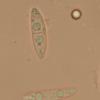

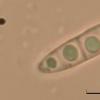
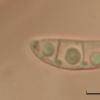

 ascospores-IKI-0001.jpg
ascospores-IKI-0001.jpg